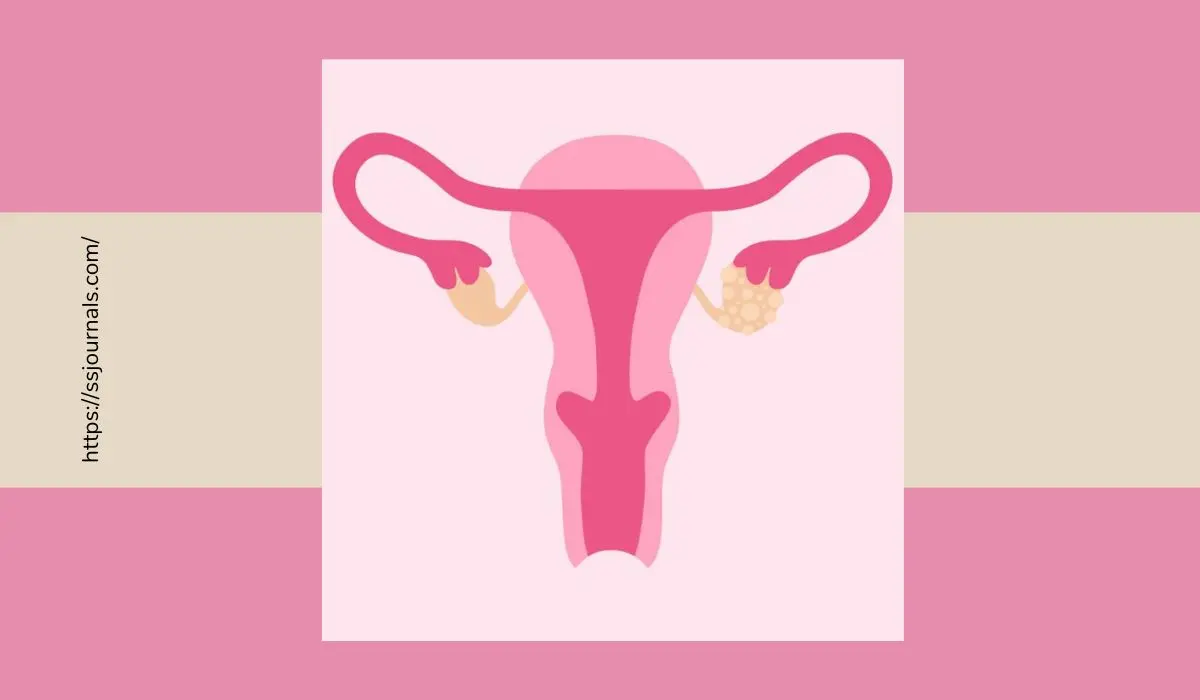Cervical cancer arises when healthy cells in the cervix grow out of control and form tumors. Understanding the causes, recognizing common symptoms, and getting regular screening and prompt treatment are key to combating this disease.
Understanding Cervical Cancer
Cervical cancer originates when normal cells on the outer lining of the cervix mutate into precancerous cells that eventually become malignant.

In most cases, the human papillomavirus (HPV) is responsible for this damage that leads to tumor formation over many years. But early intervention can prevent cancer progression.
Symptoms Of Cervical Cancer
Early cervical cancer is often asymptomatic. As it advances, symptoms can include:
Irregular vaginal bleeding –
Bleeding between periods, after intercourse, or after menopause could indicate cervical cancer. This is often the first noticeable sign.
Pelvic or lower back pain –
A persistent dull ache and sense of pressure may point to cervical tumors.
Pain during sexual intercourse –
Discomfort during penetration signals potential cervical changes.
Vaginal discharge –
A watery, pink, or foul-smelling discharge could suggest malignancy.
Painful urination –
Cervical growths can cause painful urination or the urge to urinate frequently.
Unexplained weight loss –
Cancer metabolism and nausea can result in appetite loss and dropping pounds.
Swollen lower extremities –
Advanced cancer pressing on pelvic veins or kidneys can cause leg swelling.
Leg pain or numbness –
Advanced cancer-compressing pelvic nerves can cause sciatica-like pain.
Abdominal swelling or bloating –
Fluid accumulation from kidneys/lymph blockage causes distension.
Fatigue –
Low red blood cell counts from bleeding or nutritional deficits sap energy.
When detected early, a hysterectomy can often cure the cancer before major progression. Advanced cancers are treated with radiation, chemotherapy, and sometimes surgery.
Diagnosis And Screening
Pap smear –
Samples of cervical cells were examined for abnormalities. Done every 3-5 years.
HPV test –
Checks for high-risk HPV strains that cause cervical cancer.
Colposcopy –
Magnified view of the cervix to inspect abnormalities.
Biopsy –
Takes a cervical tissue sample to test for cancerous cells if results are abnormal.
Annual pelvic exams combined with regular Pap tests and HPV testing enable early detection at treatable pre-cancer stages.
Stages Of Cervical Cancer
Cervical cancer is categorized into four main stages based on the extent of the tumor’s spread:
Stage I:
Cancer is only found in the cervix. It has not spread further. This early stage has the best prognosis.
Stage II:
The cancer has spread beyond the cervix to the upper vagina or tissue around the cervix. The tumor is larger but still confined.
Stage III:
The cancer has moved into the lower part of the vagina or pelvic wall. Kidney function may be impaired.
Stage IV:
The most advanced stage. Cancer has spread to the bladder, rectum, or other pelvic organs. Later it can metastasize throughout the body.
There are substages too:
Stage 0: Abnormal cells found in the cervical lining. Not cancer yet but can become malignant.
Stage IA1: Microinvasive cancer identified microscopically.
Stage IB2: Tumor is larger than 4 cm.
Determining the stage through exams, scans, and biopsies is crucial for deciding the optimal treatment approach and prognosis. The earlier the cancer is caught, the better the outlook.
Treatment Options
Prevention And HPV Vaccines
– HPV vaccines – Gardasil and Cervarix prevent infection from high-risk HPV strains that cause cancer. Routine vaccination is recommended starting at ages 9-12.
– Safer sex – HPV is sexually transmitted, so barrier protection minimizes exposure.
– No smoking – Smoking increases cervical cancer risk and mortality.
– Pap and HPV tests – Early detection of abnormal cells allows prompt treatment before cancer develops.
Conclusion
While cervical cancer was previously a common cause of cancer death in women, routine Pap and HPV testing make it highly preventable if caught early.
Getting vaccinated, avoiding HPV exposure, quitting smoking and maintaining regular gyn exams safeguard reproductive health.
FAQs
Yes, if identified early while still confined to the cervix, surgical removal results in cure rates over 90%. Lymph node spread lowers prognosis.
It usually develops slowly over 10-20 years allowing detection through Pap tests before becoming advanced cancer.
Early-stage cervical cancer is often asymptomatic. Symptoms tend to appear once the cancer grows and spreads.
Abnormal vaginal bleeding between periods, after intercourse, or after menopause is often the first noticeable sign.
Yes, advanced cervical cancer can severely impair normal function meeting disability criteria under certain circumstances.

